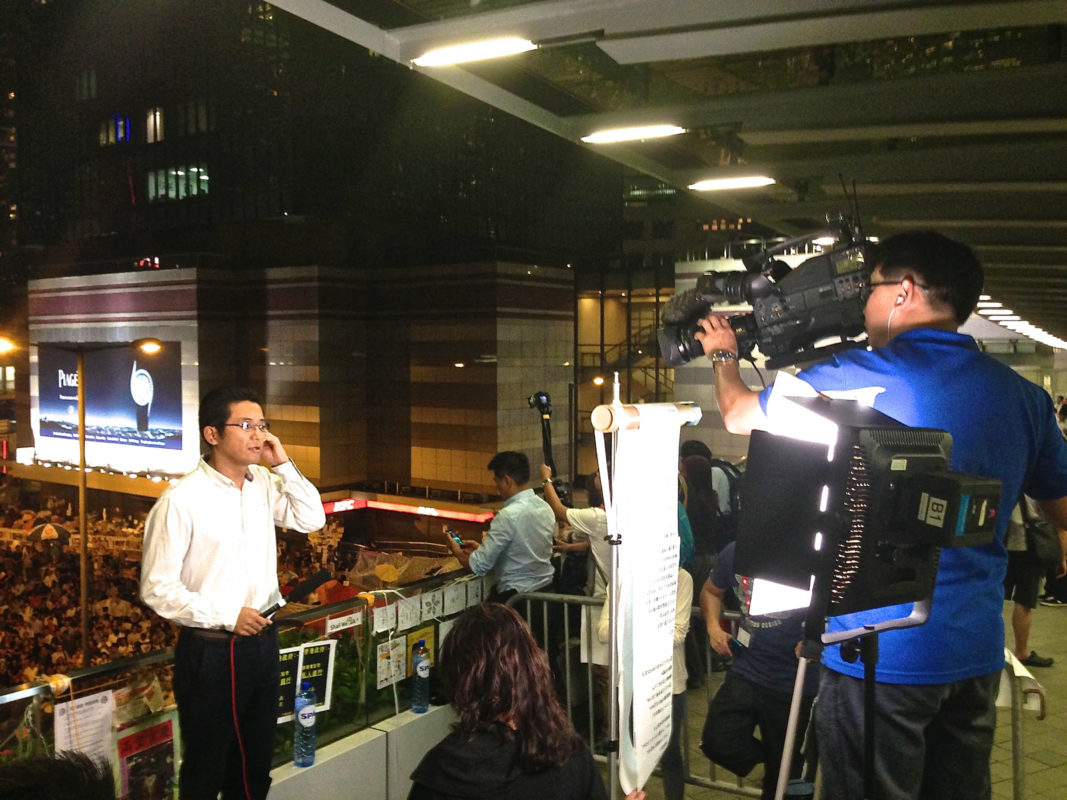Where do you go to get quality work done?
If you’re like the people Jason Fried interviewed for his book “Rework” your answer might be a coffee shop or a special room in the house, or while traveling on a train or a plane.
You wouldn’t mention the workplace being a good place to get quality work done. Why? Some would say too many ineffective meetings and managers interrupting your work to make sure you’re working. Business leaders are caught between management’s goal for high productivity and employees sending up the white flag because of burnout.
How can you make work a better place to get work done while maintaining high levels of energy, spirit and creativity? By removing roadblocks, increasing energy and focusing actions. To remove roadblocks I recommend cancel all unnecessary meetings and only meet to make key decisions – not just to exchange information: Clear the decks of stuff you avoid. That includes the difficult conversation with the boss or saying no to the project you know you can’t complete. Avoidance consumes a lot of mental energy: Check your email only twice a day. It takes over 15 minutes to regain focus after an email interruption, experts say: Post your calendar and show when you’re available for impromptu meetings.
Tony Schwartz in “The Power of Full Engagement” says that managing energy, not time is the key to high performance. He suggests identifying your recipe for high energy, which boosts clearer, more productive and creative thinking.
Our clients report success by taking a walk during one-on-one meetings. Higher matabolism increases energy and brain functions: Encourage employees to get their work done wherever they are most productive: Institute “no talk Thursday afternoons.” Notice how much work gets done and energy increases during this weekly afternoon of no interruptions.
The FranklinCovey Group in “The 4 Disciplines of Execution” says that the key to focusing actions is to schedule activities associated with long term goals first. Most of us often get mired in the day-to-day minutiae and spend very little time on long-term goals. So plan ahead, schedule your work not just meetings and keep 30 percent of your calendar open for unexpected issues. Als, do important work at inspiring locations: Conduct an inventory of all your responsibilities and identify tasks you can delegate. If none appear, then determine how you develop key people to take over some of your responsibilities.
Reset expectations. Seldom is there enough time and resources to complete all that needs to get done. Sustainable productivity occasionally means having to say no. As long as you say “yes,” others will keep handing you more work.
The U.S. has the most productive and one of the most overworked workforces in the world. Yet, we can work fewer hours and be more productive if we allow our employees to choose where they work, stop interruptions and unnecessary meetings, focus on what builds energy and schedule important priorities first.

